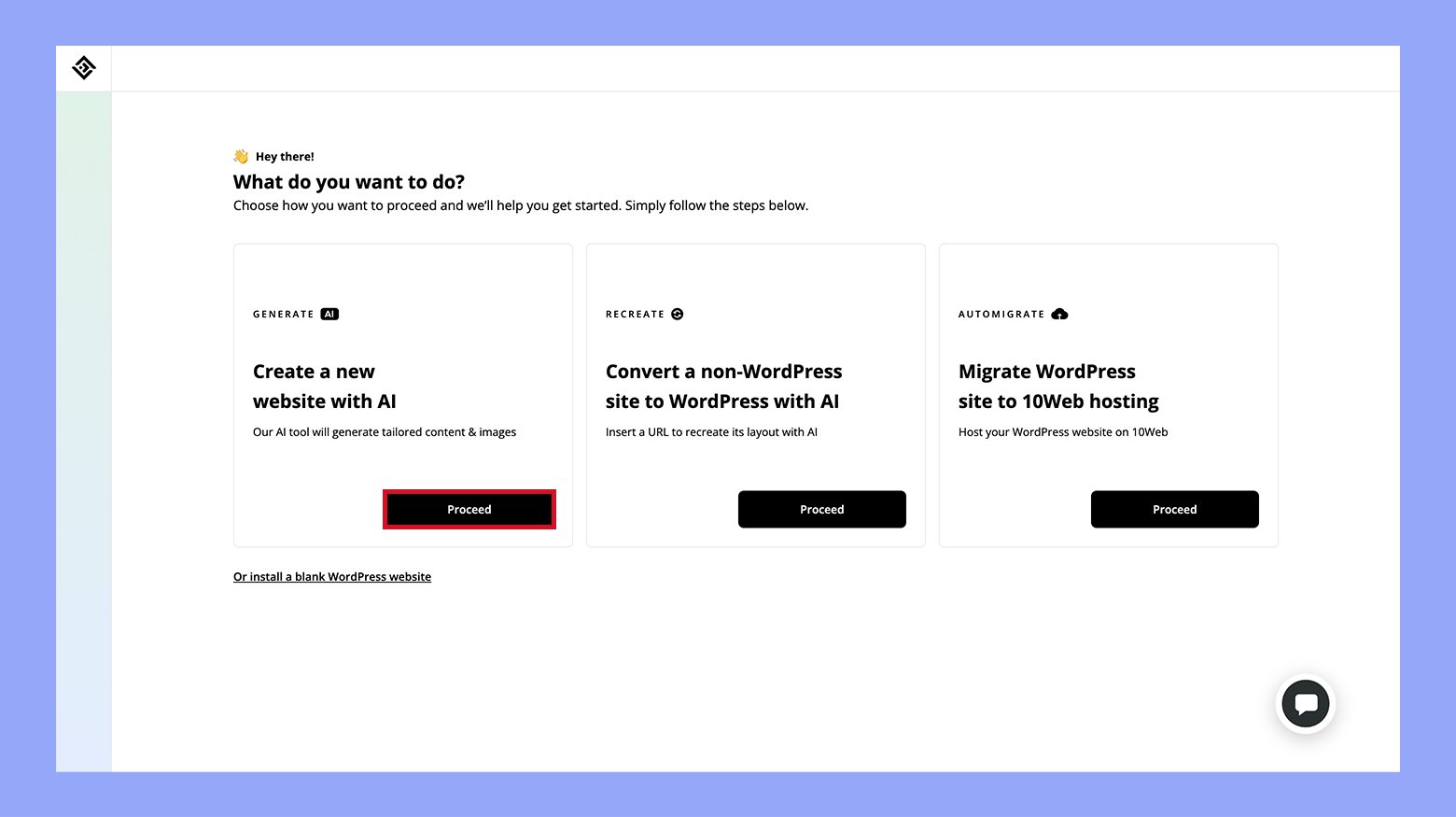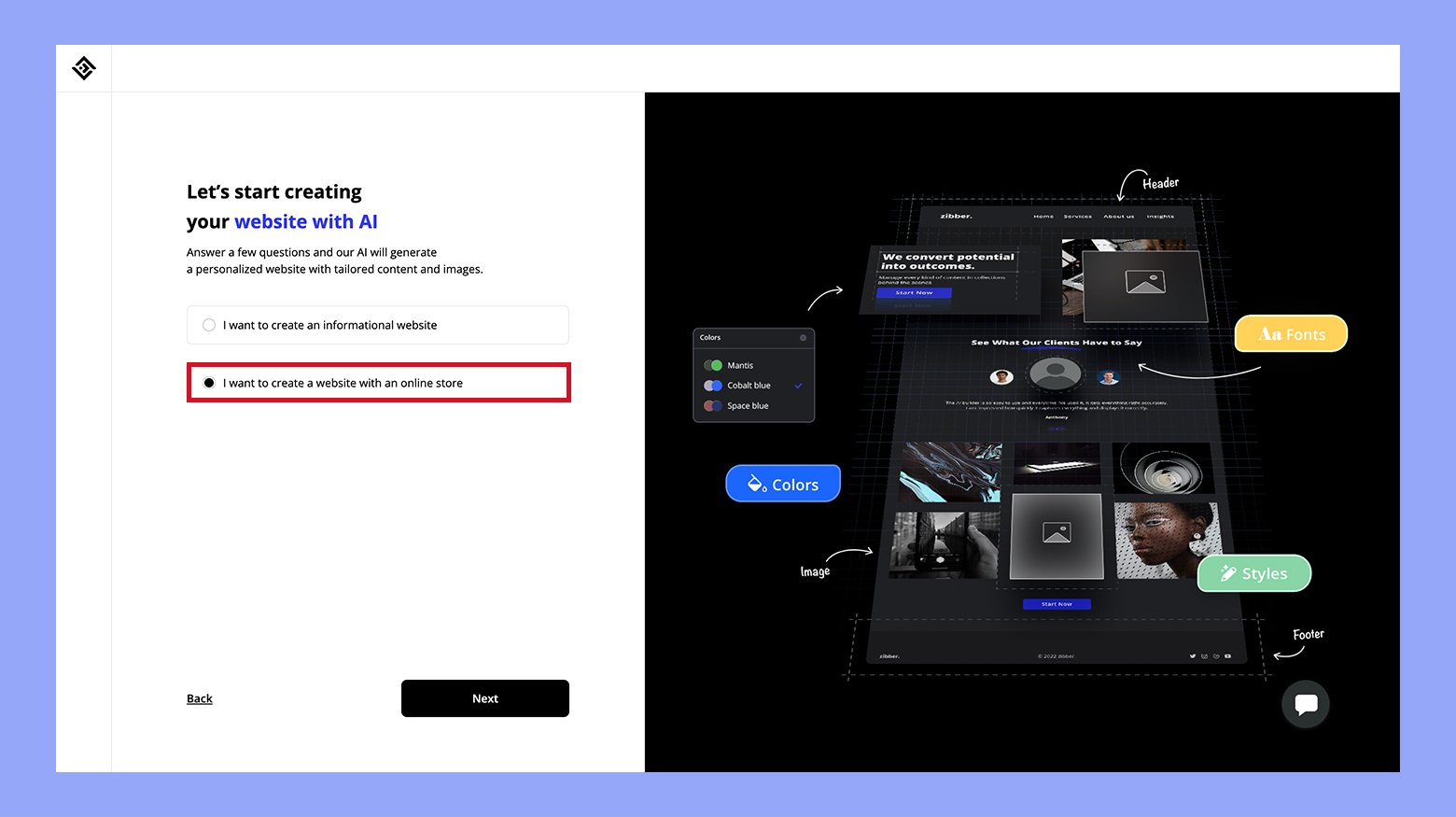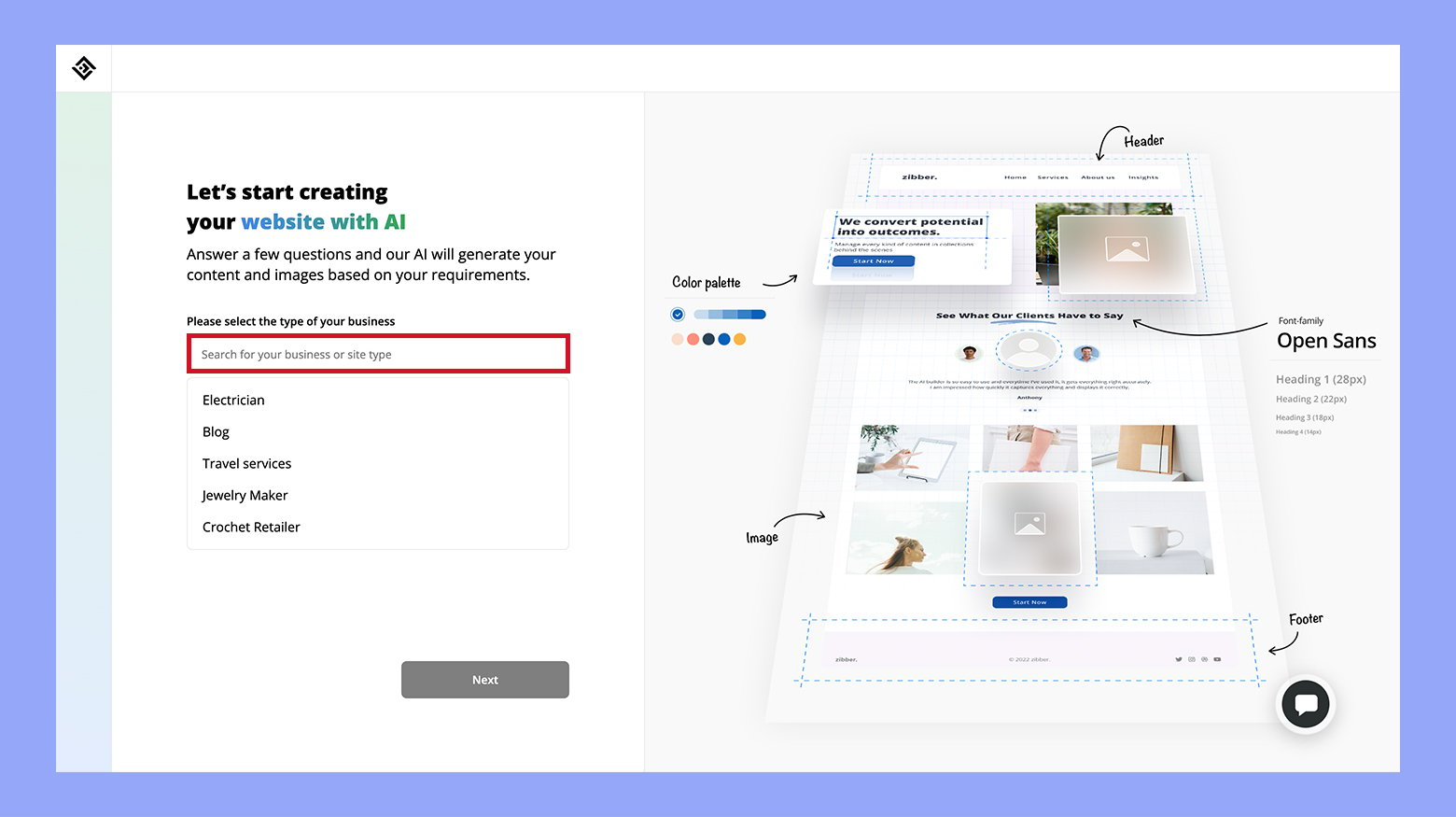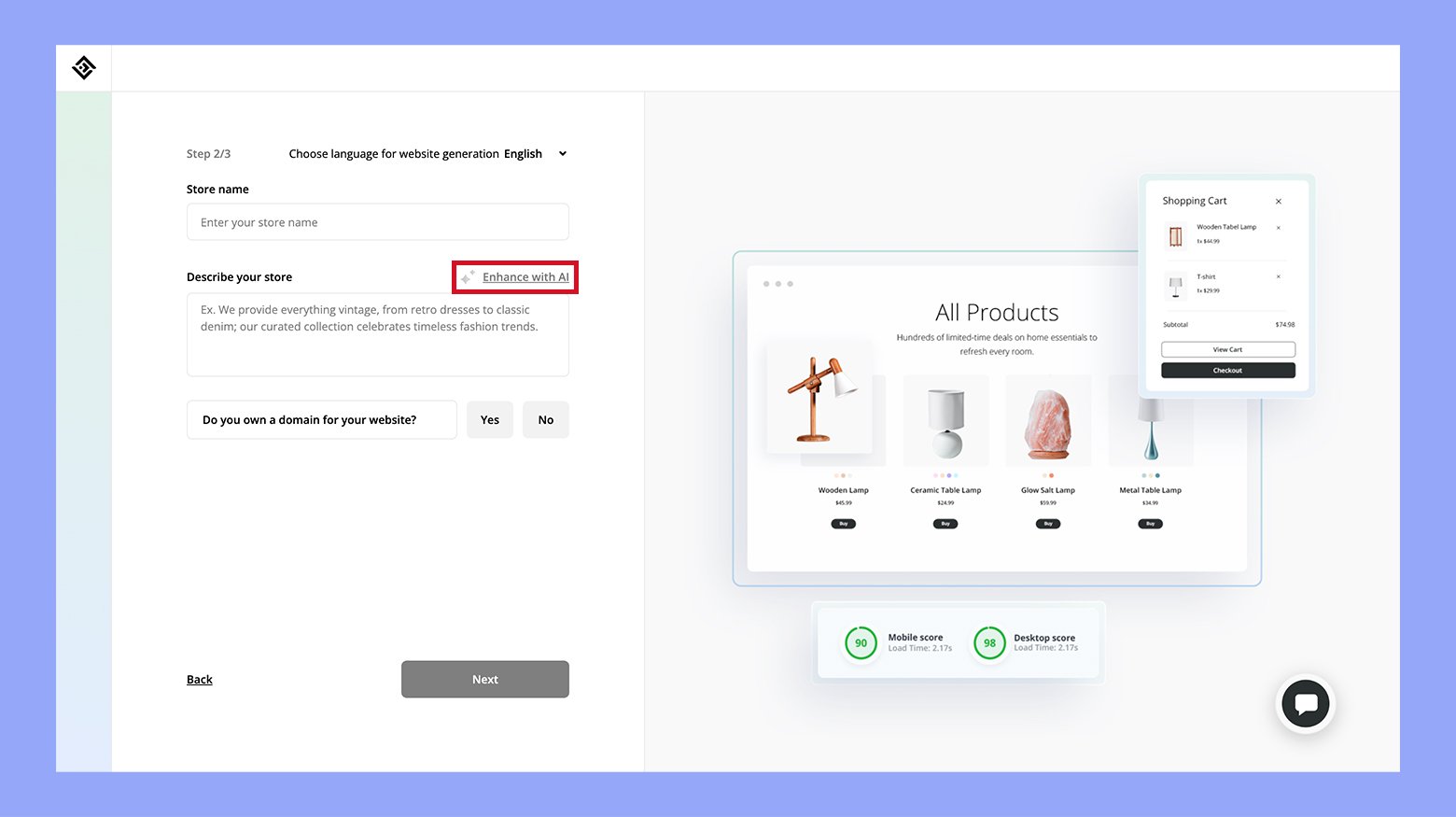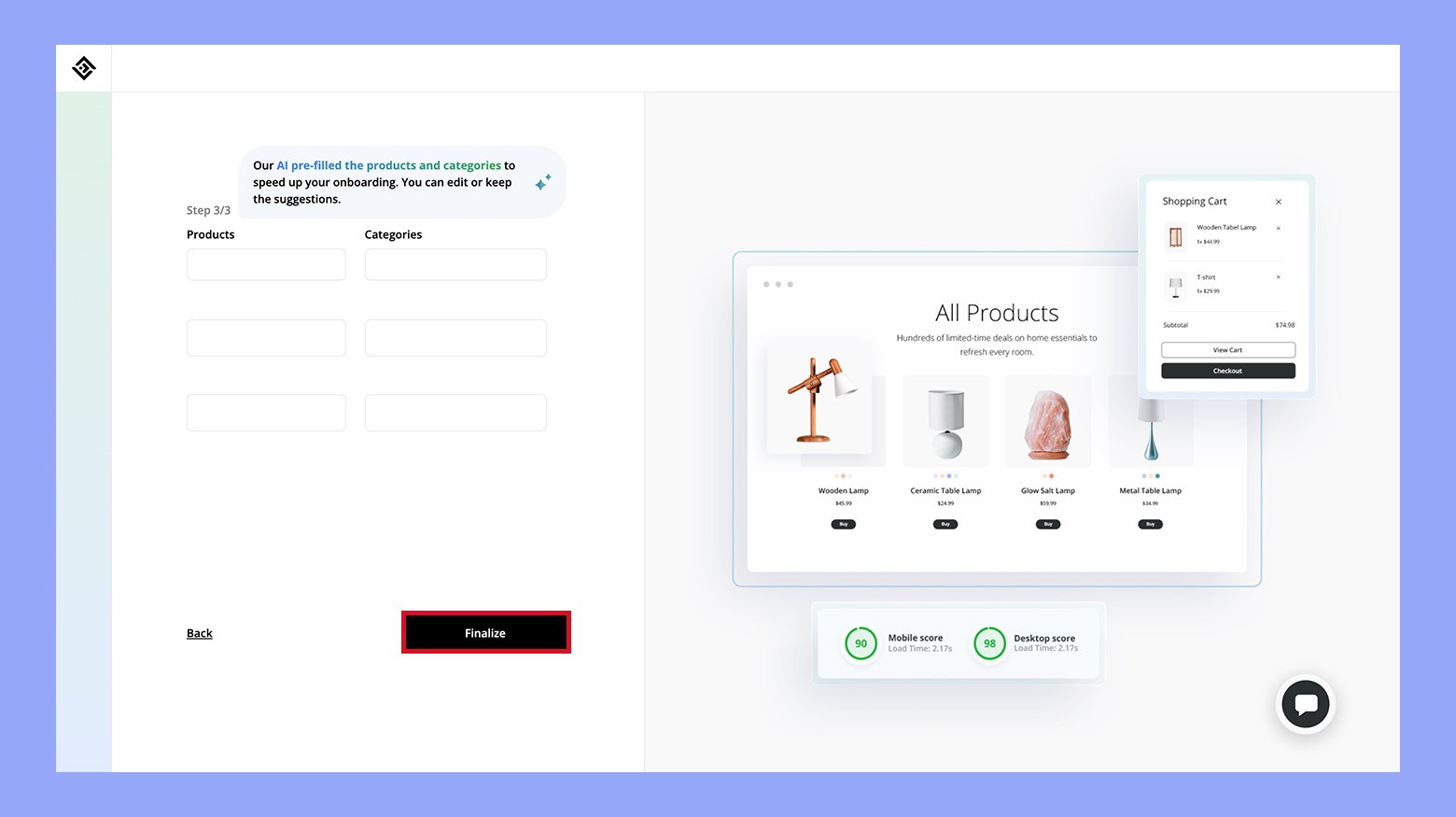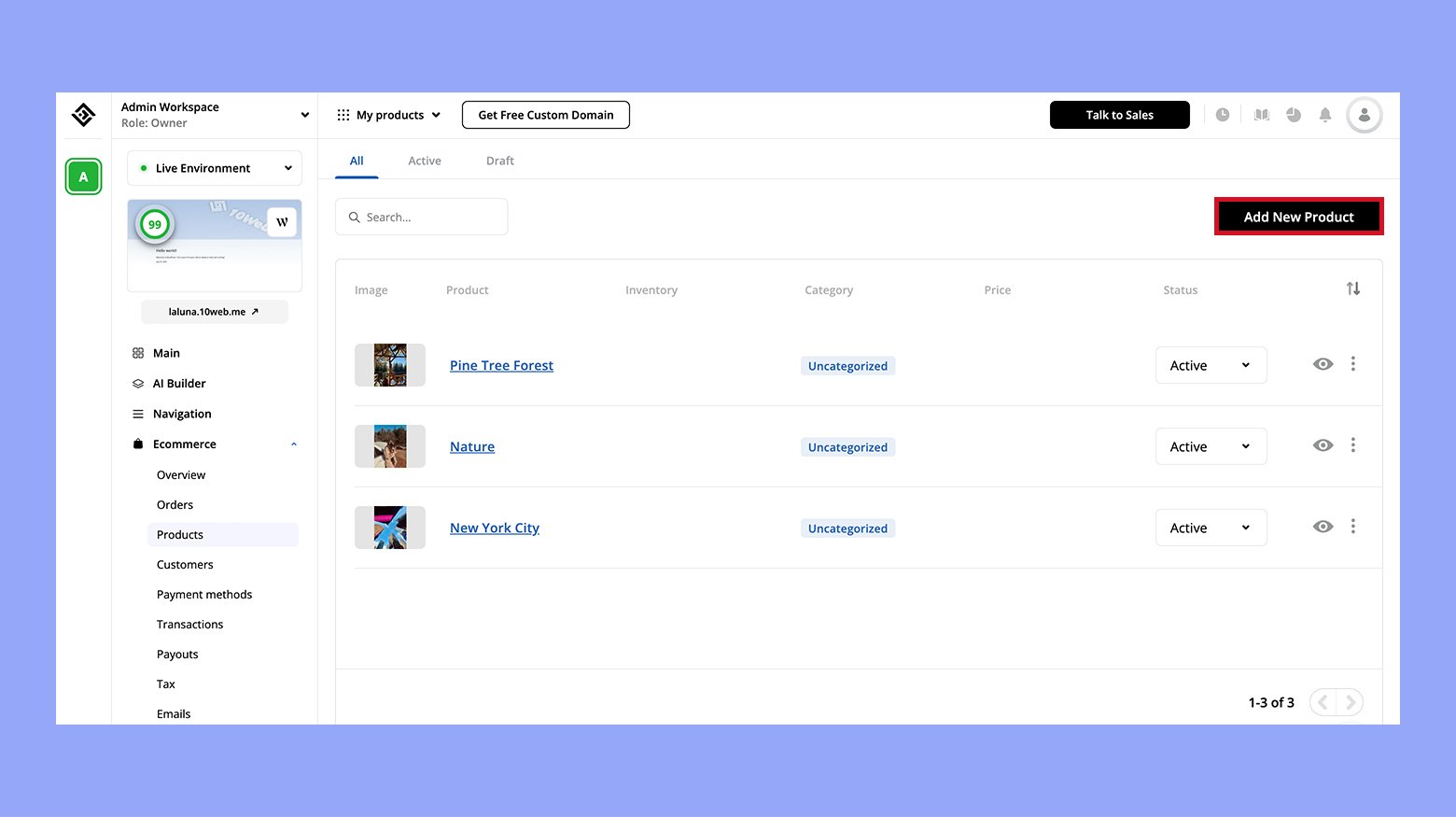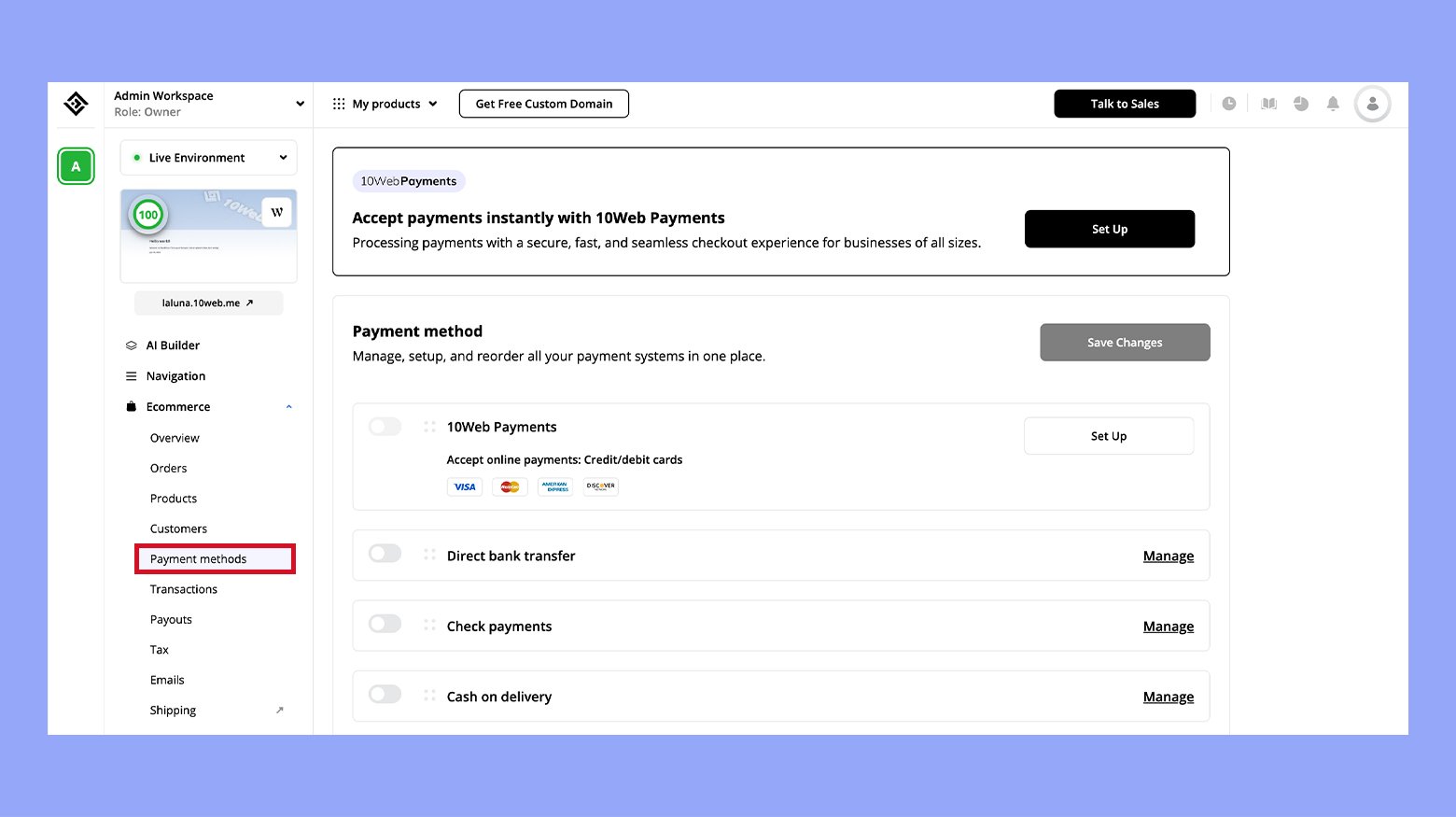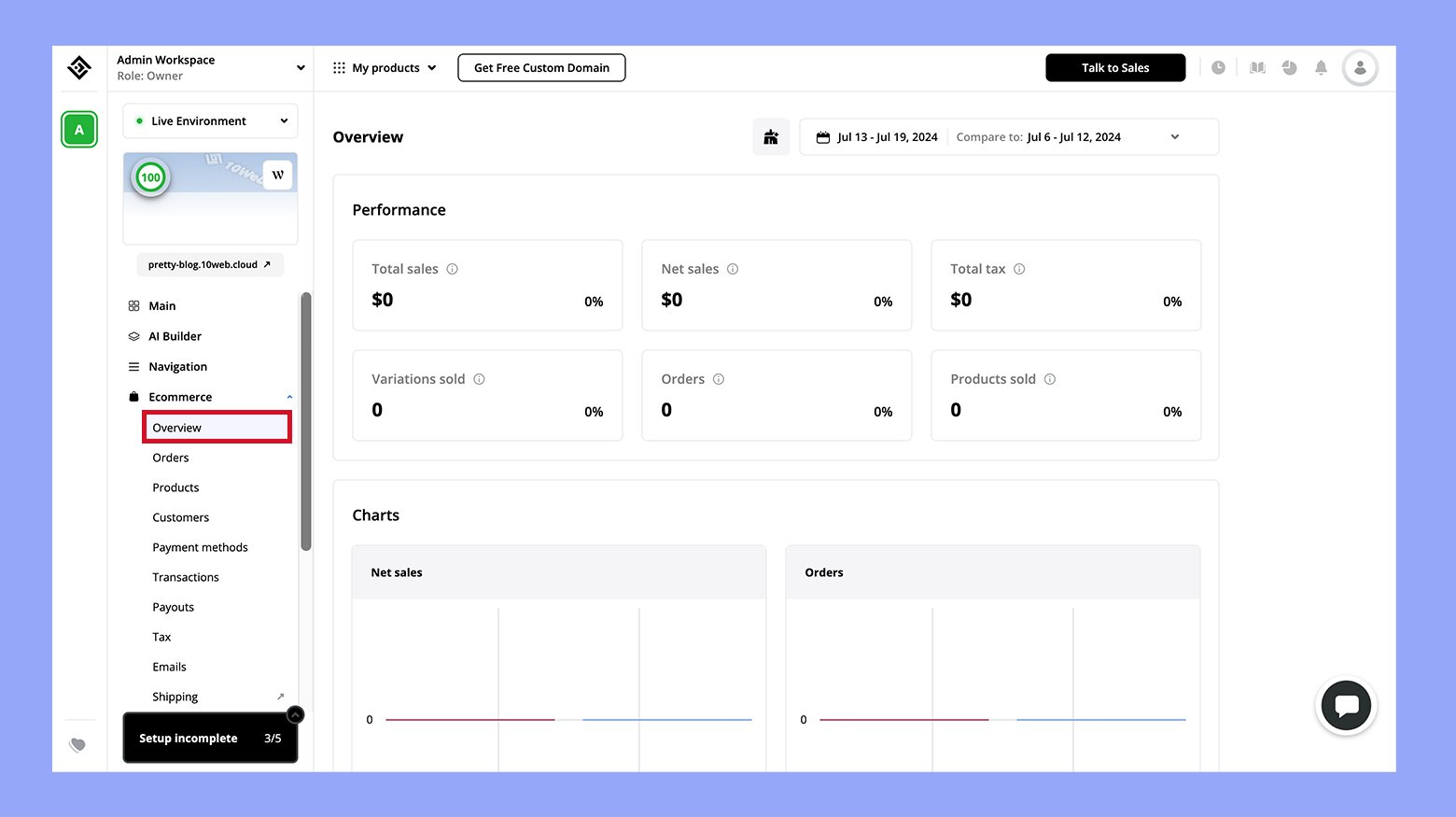Selling photos online opens up a world of opportunities for photographers and image curators, enabling them to reach a global audience and earn money from their creative work. With the increasing demand for digital content, you can turn your passion into a profitable venture by tapping into various platforms and strategies.
This guide will provide you with essential tips for success, from understanding the potential earnings and best practices for beginners to choosing the right sites and platforms. Whether you’re a professional photographer, a wholesale seller, or a reseller, this comprehensive guide will help you navigate the online photo selling market and maximize your income.
FAQ
How much money can you make selling photos online?
How do beginners sell photos?
What is the best site to sell photos?
Is it worth it to sell photos online?

To sell photos online effectively, it’s crucial to understand the different types of sellers and their goals. Knowing this helps to align your strategy with your specific needs and strengths, whether you are a creator, a reseller, or someone who sells wholesale photos.
Seller type 1: Photographers going online
If you’re a photographer who creates the photos you sell, your goal focuses on showcasing your unique talent and building a personal brand.
You need a good camera, professional editing software, and a strong eye for what sells. Create a diverse portfolio that includes popular categories like wildlife, landscapes, and travel. Consider using platforms that offer personalized galleries, like SmugMug, to attract buyers. Marketing your work involves consistent engagement with potential customers through social media and photo-sharing sites. Networking with other professionals in the photography business can also expand your reach.
Challenges:
- High competition: The online market is saturated with photographers, making it difficult to stand out.
- Constant need for fresh content: Regularly producing high-quality, unique images can be demanding.
- Marketing skills required: Beyond photography skills, effective online marketing and social media management are crucial for success.
Opportunities:
- Global reach: Access to a global audience expands potential customer base.
- Diverse income streams: Photographers can earn through multiple channels, including stock photo sales, prints, and commissioned work.
- Brand building: Online presence allows photographers to build a personal brand and establish themselves as experts in their niche.
Seller type 2: Wholesale Sellers
Wholesale sellers buy images in bulk and resell them at a profit. This approach is less about creating and more about understanding market demand.
Your focus should be on finding reliable sources of high-quality photos that you can purchase wholesale. Some popular sites, such as Stocksy, provide high payouts and may be ideal sources for wholesale buying (Stocksy). Knowing what types of images are in demand is key. You might bulk purchase images of animals, flowers, or other trending subjects. Keep in mind, good negotiation skills can help you buy at lower prices and sell at a profit without compromising on photo quality.
Challenges:
- Quality control: Ensuring the consistent quality of purchased images can be challenging.
- Market demand: Predicting and adapting to changing market demands requires thorough research and flexibility.
- Negotiation: Securing bulk deals at favorable prices necessitates strong negotiation skills.
Opportunities:
- Bulk purchasing power: Buying in bulk can lower costs and increase profit margins.
- Market insight: By understanding market trends, wholesale sellers can stock high-demand images and cater to specific niches.
- Scalability: This business model can scale up efficiently, increasing inventory and potential earnings.
Seller type 3: Resellers
Resellers acquire photos from various creators or stock photo websites and then sell them to their own customer base. Your role is more about curation and marketing than creating content.
Successful resellers are good at identifying trending visual content. Sign up with stock photo agencies to access a wide range of images. Spend time understanding market trends and customer preferences. Highlight the work of talented photographers and offer a mix of exclusive and non-exclusive images to your buyers. Platforms like Pixifi provide useful guides and best practices for resellers. Active online presence and strategic marketing campaigns will help drive your sales.
Challenges:
- Curation: Identifying and sourcing trending and high-quality images requires keen market insight.
- Licensing issues: Managing various licensing agreements and ensuring compliance can be complex.
- Marketing competition: Standing out among other resellers with similar offerings can be difficult.
Opportunities:
- Wide selection: Access to a vast range of images from different creators provides a rich inventory to offer customers.
- Flexibility: Resellers can adapt their offerings based on market trends and customer preferences.
- Market reach: Utilizing multiple platforms and marketing strategies can broaden customer reach and increase sales.
Recommendation
Whether you’re a photographer, wholesale seller, or reseller, choose the best strategy to match your goals. Photographers can shine by showcasing their talent on SmugMug and building a standout personal brand.
Wholesale sellers should scout high-quality bulk images from Stocksy to maximize profits. Resellers can thrive by curating and marketing diverse images from top stock photo agencies.
We recommend you create your own online store with 10Web for full control over pricing and customer interaction, or tap into the vast reach of online marketplaces like Shutterstock and Adobe Stock for effortless selling.
Option 1: Making your own online store
Creating your own online store to sell photos has many benefits. You can control pricing, design, and customer interaction, which can help you make more profit and cater to your unique style.
The benefits of creating your own online shop
Control over your brand: Having your own website allows you to present your work exactly how you want. You can customize the layout, colors, and overall style to match your brand.
Higher profit margins: Compared to photo-selling websites that take a commission, an independent store lets you keep more of your earnings. Platforms like Pixieset offer more profit potential by eliminating commission fees on certain plans.
Direct customer relationship: Interacting directly with customers helps you build a loyal following. This can lead to repeat sales and opportunities to upsell products like photo books or prints.
Flexibility: You can easily adjust pricing, run promotions, and add new products whenever you like without needing permission from a third party.
How to create an online store using 10Web Builder
Step-by-step guide:
- Sign up for 10Web. Go to the 10Web Website Builder page and click Generate your website.
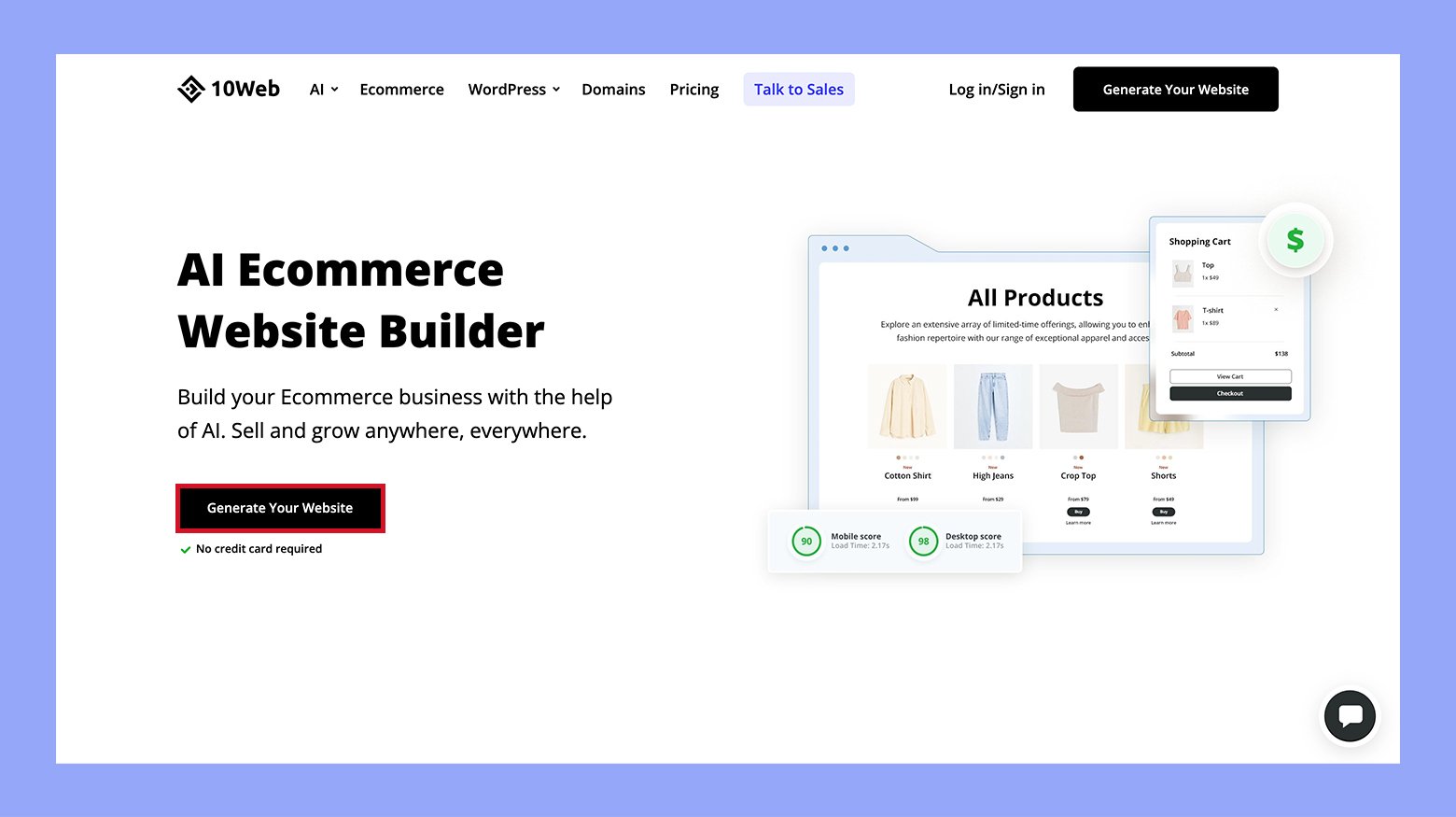
- Select Proceed to create a new website with AI.

- Choose the second option to create a website with an online store.

- Enter your business type.

- Provide a business name and description. Use the Enhance with AI tool if needed.

- Choose Yes to get a domain or click No if you have one already.
- Enter details for your first three services and categories. AI will pre-fill them for you, you can edit or keep the suggestions. When done, click Finalize, and wait for 10Web to generate your site.

- Once your site is generated, preview it and make any necessary adjustments using the user-friendly tools provided by 10Web.
- 10Web simplifies setting up WordPress for your site. Follow the prompts to get WordPress installed quickly.
- Upload your photos as products. Use high-resolution images and add detailed descriptions. Include pricing and options for prints or digital downloads.

- Set up payment processing: Integrate payment gateways like PayPal, Stripe, or Amazon Payments to handle transactions securely.

- Monitor and update: Keep an eye on your store’s performance. Update content and add FAQs or legal terms as needed.

Tips to promote and grow your online store
Utilize social media: Share your store link and images on platforms like Instagram, Facebook, and Pinterest. This can drive traffic and increase exposure.
Collaborate with influencers: Partner with influencers or people within your niche to promote your products. This can help you reach a broader audience in the global marketplace.
Offer discounts and promotions: Attract new customers by offering discounts or limited-time promotions. Use newsletters to keep your audience informed and engaged.
Optimize for SEO: Ensure your website content is optimized for search engines. This includes using relevant keywords in your descriptions and blog posts.
Create engaging content: Regularly update your blog or add how-to guides to draw visitors to your store. Sharing your expertise can build trust and authority in your niche.
Use email marketing: Collect email addresses and send out regular newsletters with updates, new products, and special deals.
By following these steps, you can effectively set up and grow a successful online store for selling your photos.

Looking to sell online?
Create your custom online store in minutes with 10Web AI Ecommerce Website Builder and take your business online.
Option 2: Selling on online marketplaces
Selling photos on online marketplaces offers photographers a way to reach a broad audience. These platforms help you connect with potential buyers and optimize the selling process. Below, you’ll find the key insights into the disadvantages and benefits, the best places to sell, and how to succeed in this business.
Advantages and disadvantages of selling on online marketplaces
Using online marketplaces for selling photos has its pros and cons. Here are some to consider:
Advantages:
- Wide reach: These sites attract many buyers worldwide.
- Convenience: They handle marketing and transactions for you.
- Exposure: Featured on popular platforms, your photos gain visibility.
Disadvantages:
- Commission fees: Many marketplaces take a cut of your earnings.
- Competition: High-quality images from many artists can make it hard to stand out.
- Control: Limited control over pricing and licensing terms.
Knowing these points helps you weigh the pros and cons of using online marketplaces.
Best places to sell your photos online
Finding the right platform for selling your photos increases your chances of success. Here are some of the most reputable sites:
- Shutterstock: Great for selling stock photos with strong brand recognition.
- Adobe Stock: Allows you to connect with Adobe’s suite of programs.
- Getty Images and iStock: Known for high-quality images and wide client base.
- Alamy: High commission rates and no exclusivity requirements.
- 500px: Allows photographers to earn through licensing.
- Stocksy: High royalty payouts and exclusive photos.
- Etsy: Ideal for selling unique and fine art photos.
Choosing from these platforms can help you find the most suited for your needs.
Tips to successfully sell on an online marketplace
Success in selling photos online isn’t just about choosing the right platform. Here are some useful tips:
- High-quality images: Make sure your photos are sharp and well-composed.
- Keywords: Use relevant keywords to improve searchability.
- Consistency: Upload regularly to keep your portfolio fresh.
- Licensing: Understand licensing types (standard vs. extended) to maximize earnings.
- Profile: Create a compelling profile that tells your story.
By following these tips, you can increase your chances of attracting buyers and selling more photos on online marketplaces.
Option 3: Selling on social media
Selling photos on social media can be a great way to reach a large audience and showcase your work. Social media platforms allow you to interact directly with potential buyers and build a loyal following.
Benefits of selling on social media
One major benefit is audience size. Platforms like Instagram and Facebook have millions of users, which increases your chances of being discovered. You can reach people all over the world without spending much on marketing.
Another benefit is engagement. You can interact with your followers through comments, likes, and direct messages. This helps build trust and loyalty. Engaging content and regular updates keep your audience interested in your work.
Social media also promotes your brand. By sharing your photos regularly, you create a consistent online presence. This can help build your reputation and attract new clients. Using hashtags and collaborating with influencers can also boost your visibility.
Disadvantages of selling only on social media
One disadvantage is algorithm changes. Social media platforms often change their algorithms, which can affect your visibility. Your posts might not always reach your intended audience, making it hard to maintain consistent sales.
Another issue is platform dependence. Relying solely on social media puts your business at risk if the platform decides to ban your account or change its policies. This can disrupt your sales process and marketing.
Time investment is another drawback. Managing your social media accounts requires regular updates, engagement with followers, and content creation. This can be time-consuming and take away from other important tasks in your business.
Tips to sell on social media
- Create a professional profile: Use high-quality profile and cover photos. Write a compelling bio that includes keywords related to your photography.
- Engage with your audience: Respond to comments and direct messages. Show appreciation for your followers by liking and commenting on their posts too.
- Use hashtags effectively: Research popular and relevant hashtags to increase the visibility of your posts. Don’t overdo it; 10-15 hashtags are usually enough.
- Share behind-the-scenes content: Show your process and the story behind your photos. This can make your work more relatable and interesting.
- Offer exclusive deals: Use social media to announce special discounts or limited-time offers. This can create urgency and encourage immediate purchases.
- Utilize stories and live sessions: Instagram Stories and Facebook Live are great tools for engaging with your audience in real-time. Use these features to showcase new work or answer questions.
By following these tips, you can effectively use social media to sell your photos and grow your business. Platforms like SmugMug Pro can also help by offering additional features like customizable galleries to further enhance your online presence.

Looking to sell online?
Create your custom online store in minutes with 10Web AI Ecommerce Website Builder and take your business online.
Selling in an actual physical store
Selling photos in a real store can be a rewarding experience. You get to see your customers and interact with them directly. This helps build relationships and trust.
Here is a simple guide to get you started:
- Choose your physical products: Decide what you want to sell. This could include framed prints, photo books, postcards, or even calendars.
- Find the right store: Look for local shops that fit your product. Art galleries, gift shops, and bookstores can be great places to start.
- Set up a display: Make sure your photos are presented well. Use clean frames, clear labels, and good lighting to make them stand out.
- Price your work: Research the market to set competitive prices. Consider the cost of materials, your time, and how much similar products sell for in stores.
- Promote your photos: Use social media and your own network to let people know where they can buy your photos.
- Stay in touch with the store owner: Keep a good relationship with the store owner. Regular communication can help you understand how well your products are selling and when to restock.
Here is a simple table to help you track your progress:
| Step | Description |
| Choose your products | Decide what types of photos to sell. |
| Find the right store | Look for places where your work fits. |
| Set up display | Create an attractive display area. |
| Price your work | Research and set competitive prices. |
| Promote your photos | Use social media to advertise. |
| Stay in touch | Communicate with the store owner. |
Selling in an actual store can help you reach a different audience and showcase your photos in a unique way.
Conclusion
Selling photos online is not only a viable way to earn money but also an exciting opportunity to share your creative work with a global audience. By understanding market trends, choosing the right platforms, and implementing effective marketing strategies, you can significantly enhance your earning potential. Whether you’re a photographer building a personal brand, a wholesale seller capitalizing on bulk purchases, or a reseller curating diverse collections, the digital marketplace offers ample opportunities for success. Stay adaptable, continually refine your portfolio, and engage with your audience to achieve long-term growth and profitability in the online photo selling market.


